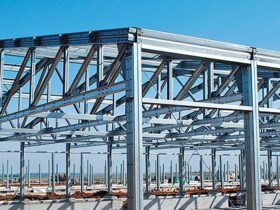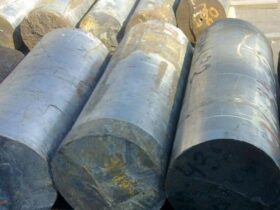The promising possibilities of TPK are specified at the stage when the primary infrastructure is formed. As a result of this, the first design studies on the promising system of resettlement are, as it were, devoid of spatial-economic subunibus, which causes their further inconsistency of developing nature. In the mastered areas, the resettlement system is formed on the infrastructure, which has developed for many years, and in the areas of new development everything must be started from scratch.
The ongoing practice of departmental financing for the development of TPK “Object”, and not by the purpose of the entire complex leads to the formation of small departmental infrastructure, which in the construction of the construction cannot but be temporary, since the funds released by departments for the construction of power transmission lines, roads, poshalov, pier Stroybaz, villages, suggest the temporary nature of the latter and their momentary need. In conditions of pioneering development, even a temporary structure acquires a special value. Pioneers – refineries, transporters, builders – create such objects there and where and when it is more convenient and easier for them. This is how the pioneering infrastructure arises – without any accounting of the promising system of resettlement, the system of constant communications, etc. P., whose projects are still being created. Labor has been invested, funds were spent, and the primary infrastructure of a temporary nature becomes a tough skeleton of constant infrastructure. Villages, and then on the basis of their and cities are formed where their pioneers are laid, and not where it is advisable to place future economic centers of TPK; All these are the costs of the lack of timely scientific training of mastering. An essential feature of urban planning development is the lack of a basic, historically formed network of populated places, which in the mastered areas plays a decisive role in choosing the cities of places tested by ancestors, in the establishment of road systems, the formation of an agricultural zone, etc. P. The selection of sites for new cities in Eastern Siberia is often conducted without deep knowledge of local conditions – climatic, hydrogeological, biogenic and others, and the leading factor is proximity to the mine, mine, and not the logic of the development of the future city, agglomeration.

















Leave a Reply